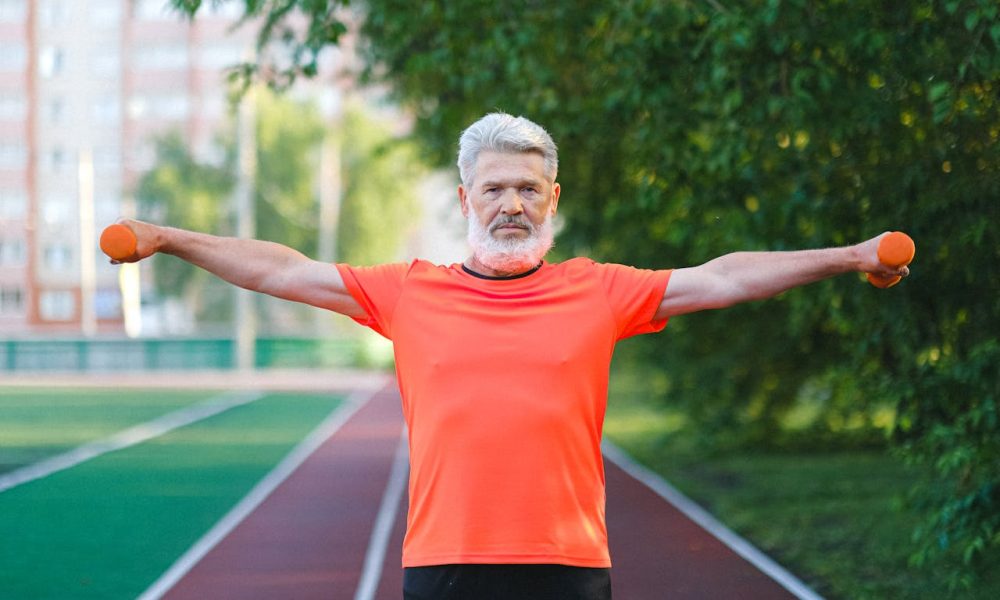
How to Build Muscles & Gain Mass After 50

Are you wondering how to build muscle mass after 50? You are not alone. Many people think that hitting the big 5-0 means waving goodbye to muscle gains. But that is far from the truth. Building muscle mass after 50 is not only possible but incredibly beneficial for your overall health.
Can You Build Muscle Mass After 50?
Absolutely! Age is just a number when it comes to building muscle. While it is true that muscle growth slows down as we age, it does not stop. With the right approach, you can still make significant gains. Your body responds to resistance training at any age, and muscle fibers can still grow stronger and bigger.
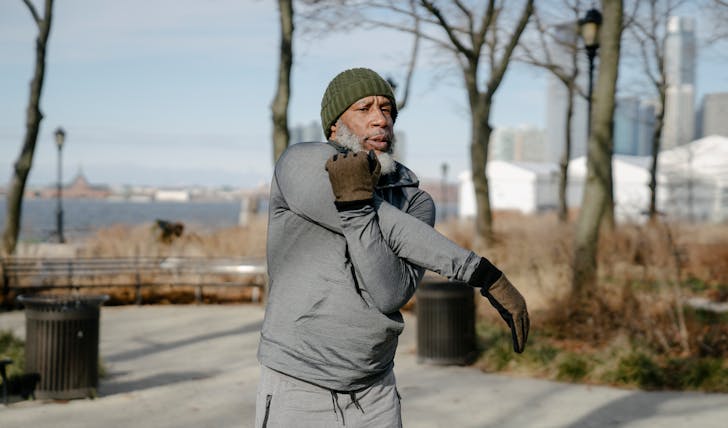
Barbara / Pexels / If you remain consistent, you can build strong muscle mass – even after crossing the standard age.
The key is consistency and smart training. Older adults can benefit immensely from strength training, which not only builds muscle but also improves balance, bone density, and overall well-being.
So, let’s look at how to make those muscles grow after you cross the standard age.
How to Build Muscle Mass After 50?
The foundation of building muscle mass after 50 is strength training. Engaging in regular resistance exercises is essential. Whether you prefer lifting weights, using resistance bands, or bodyweight exercises, the goal is to challenge your muscles.
Start with compound movements like squats, deadlifts, and bench presses. These exercises target multiple muscle groups and are highly effective for overall strength. Aim for two to three sessions per week, allowing ample rest between workouts to let your muscles recover and grow.
Prioritize Protein in Your Diet
Diet plays a crucial role in muscle building, especially as you age. Protein is your best friend here. It provides the necessary building blocks (amino acids) for muscle repair and growth. Make sure you are getting enough high-quality protein in your meals.
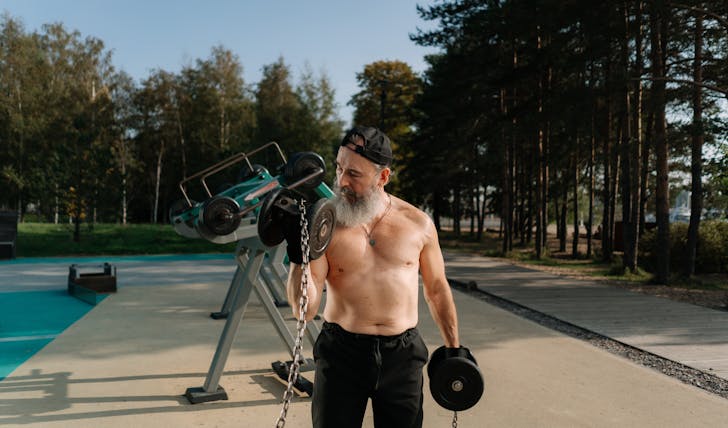
Cotton Bro / Pexels / To boost your muscle growth, incorporate lean meats, fish, eggs, dairy, and plant-based proteins like beans and lentils into your diet.
Ideally, aim for at least 1.2 to 1.5 grams of protein per kilogram of body weight daily. This will support your muscle-building efforts and help maintain muscle mass.
Stay Consistent with Cardiovascular Exercise
Cardio is crucial for muscle building. Regular cardiovascular exercise helps improve blood circulation, which is vital for delivering nutrients to your muscles. Activities like brisk walking, cycling, and swimming are excellent choices.
Incorporate moderate-intensity cardio into your routine at least three times a week. This will keep your heart healthy, enhance your endurance, and support your muscle-building regimen.
Don’t Skip Flexibility and Mobility Work
Flexibility and mobility exercises might not directly build muscle. But they play a significant role in your overall fitness. As you age, maintaining flexibility helps prevent injuries and ensures you can perform strength training exercises with proper form.
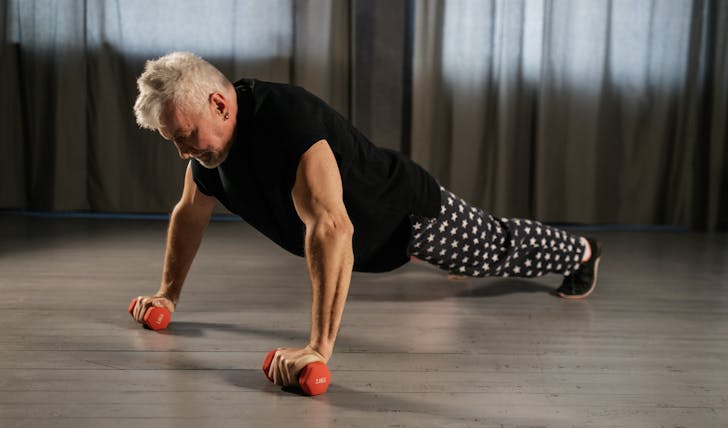
Darm / Pexels / Do not compromise on mobility and flexibility exercises. They will boost your muscles regardless of your age.
Incorporate stretching and mobility work into your routine. Yoga and Pilates are fantastic for improving flexibility, balance, and core strength. These practices complement your muscle-building efforts and contribute to your overall health.
Get Adequate Rest and Recovery
How to build muscle mass after 50 with rest, you ask? Well, rest and recovery are just as important as the workout itself. As you age, your body needs more time to recover. Ensure you are getting enough sleep, as this is when your body repairs and builds muscle.
Listen to your body. If you are feeling sore or fatigued, give yourself an extra day off. Incorporate rest days into your routine and consider activities like light stretching or a leisurely walk on these days. Proper recovery ensures you can perform at your best in your next workout session.
More in Health & Fitness
-
`
How Long Does a Non Surgical Nose Job Last?
The allure of a sculpted nose without the downtime of traditional surgery has captivated many. Non-surgical rhinoplasty, often dubbed a “liquid...
August 11, 2024 -
`
How to Plan a Trip to Italy and Greece
Italy and Greece stand out as two of Europe’s premier travel destinations, each offering a unique blend of historical grandeur, stunning...
July 31, 2024 -
`
Are Makeup Wipes Bad for Your Skin?
In the quest for quick and convenient skincare, makeup wipes often seem like a miracle solution. However, if you’re wondering, Are...
July 26, 2024 -
`
How to Do Ab Workouts During Pregnancy?
Maintaining core strength is vital, but can you do ab workouts while pregnant? This question is common among expectant mothers eager...
July 19, 2024 -
`
5 Seamless Ways to Minimize BBL Scars
Undergoing a Brazilian Butt Lift (BBL) is an exciting decision for enhancing your body contour. However, BBL scars can be a...
July 12, 2024 -
`
Best Places for Birthday Party Fun for All Ages
Celebrating your birthday at an exciting venue can add that extra spark to your special day, whether you’re with family, friends,...
July 2, 2024 -
`
Skincare for Sensitive Skin: Top 6 Products to Try
Taking care of sensitive skin can be a challenge. With so many products on the market, finding the right ones that...
June 28, 2024 -
`
How to Speed Up Your Nose Job Recovery Time
Undergoing a rhinoplasty is an exciting step towards a new appearance, but it comes with a recovery period that requires patience...
June 15, 2024 -
`
Best Tattoo Ideas for Women With Meaning
Are you on the hunt for tattoo ideas for women with meaning? Tattoos are more than just body art; they’re personal...
June 4, 2024
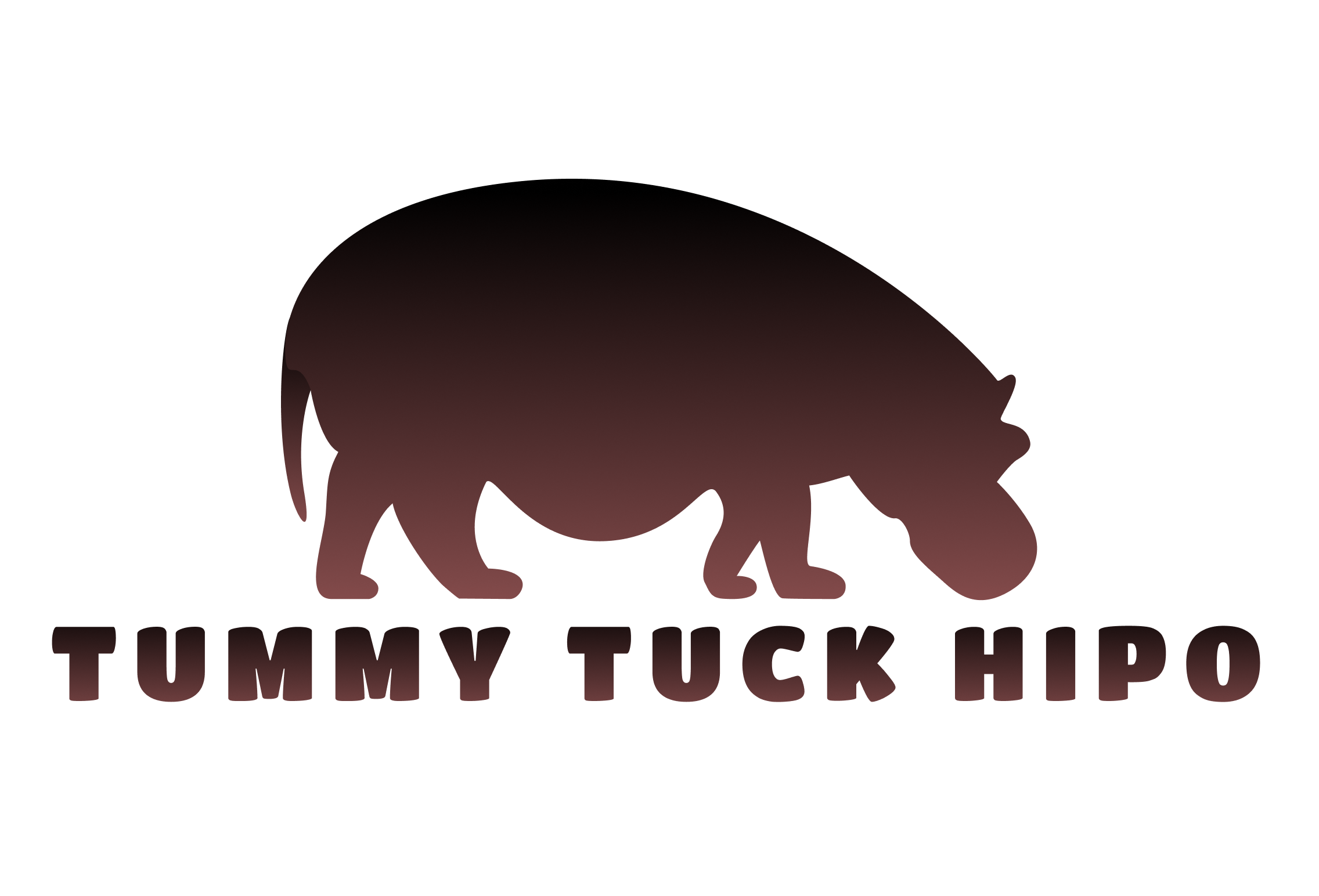


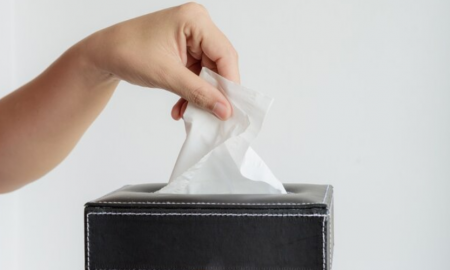







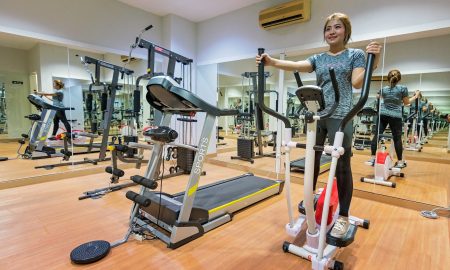
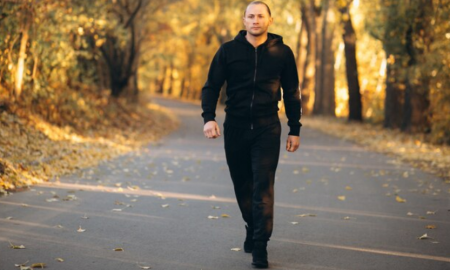


You must be logged in to post a comment Login